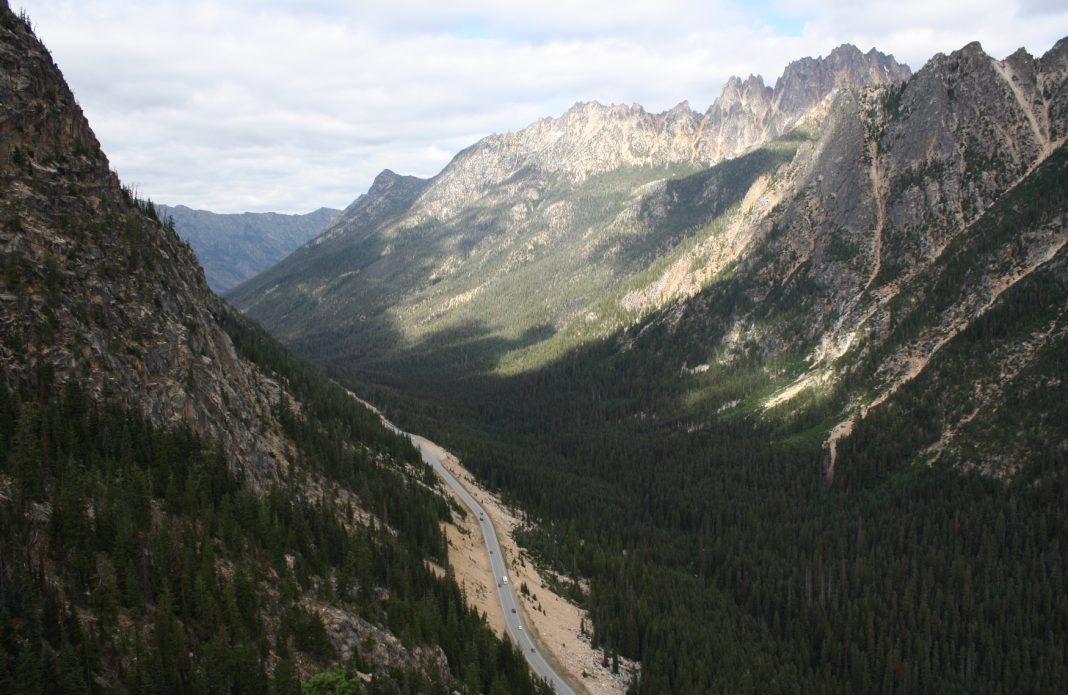State Route 20 stretches over 430 miles from the Olympic Peninsula to the Idaho border. Also known as the North Cascades Highway, it is the state’s longest highway, showcasing all the landscapes that make Washington so beautiful.
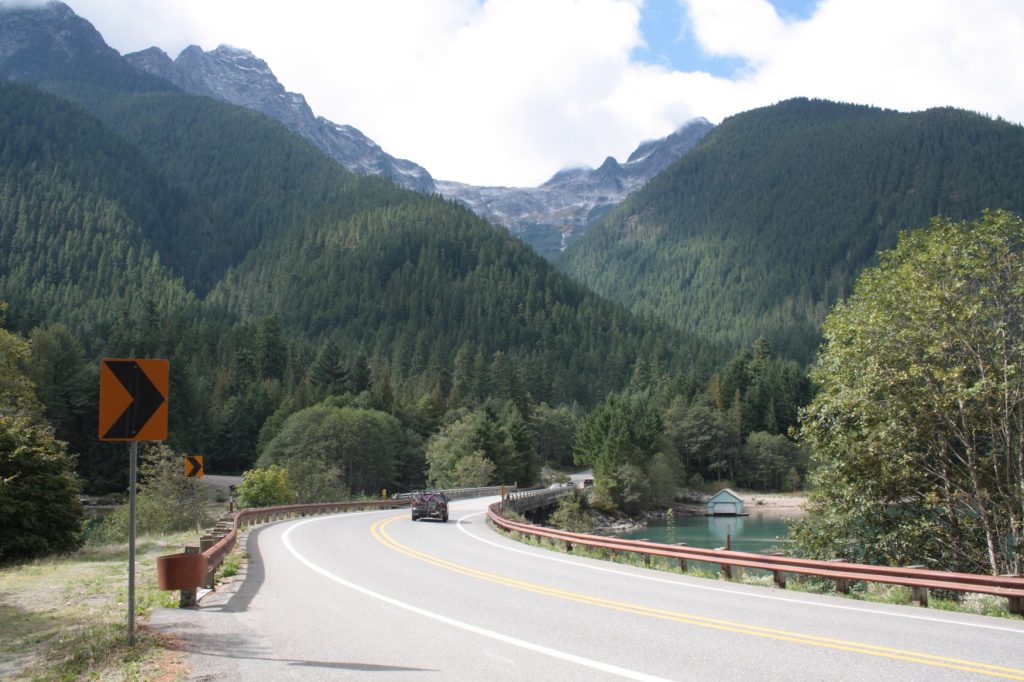
In Skagit County, Route 20 stretches more than 110 miles, from Fidalgo Island in the west to just before Rainy Pass in the east. The roughly 65 miles that stretch through North Cascades National Park and into the Methow Valley has earned it worldwide acclaim as one of the world’s most scenic drives.
This drive wasn’t available until 1972, however – decades after paved pathways through Snoqualmie, Stevens and White passes existed. The opening of the North Cascades Highway is a story involving time, cinnamon rolls and even a serial killer.
North Cascades Highway: Failed Beginnings
In 1893, the Washington State Legislature set aside $20,000 for the scouting and construction of a wagon road across the North Cascades. It was, at the time, the first funds appropriated to build a highway anywhere in the state, and would have traveled from near present-day Glacier in Whatcom County to several miles north of Kettle Falls. But nothing much came from the plan.
In 1895, the legislature provided another $20,000 and a newly-formed state roads commission. Three routes were initially considered before a fourth was later chosen: a path involving travel up the Twisp River, over to Chelan County’s Stehekin River, and eventually over Cascade Pass and down the Cascade River.
Things did not start smoothly. The person paid to secure horses for the state commission’s first scouting trips left for Canada with the horses instead of leaving them in Winthrop.But by the spring of 1896, work on a 40-foot wagon road – named the Cascade Wagon Road – along the route had begun. According to a 2012 Methow Grist article by Solveig Torvik, workers were paid no more than $2.25 a day after room and board were subtracted. Grades along the route ranged from 10% to 20%, and work had to stop when winter snows descended.
But the next year, floods and debris slides rendered most of the road work void. By 1905, the state’s first highway commissioner reported the wagon road expenditures to be wasted, and the project was abandoned.
North Cascades a Slow Road to Progress
Scouting continued on the idea of a North Cascades route, however, with crews exploring potential routes in 1921 and 26 on horseback. By 1932, surveying led by engineer Ike Munson determined that an eventual highway should run from Twisp to Winthrop along existing road, then to Mazama and up into Washington Pass, eventually reaching Marblemount.
After World War II ended in 1945, state funds again became available for a potential road. The North Cross-State Highway Association was formed in 1953, composed of businessmen and politicians on both sides of the mountain range. But no decisive action occurred until 1956, when Munson led highway commissioners on a horseback ride along his route.
George D. Zahn, a Methow orchardist, former state senator and eventual chairman of the Washington State Highway Commission, became instrumental in getting both a finalized route and funding to make the road reality. Though he lived to take part in a September 29, 1968 caravan led by Governor Dan Evans across the dirt path that became the highway, Zahn died the year before it was finished.
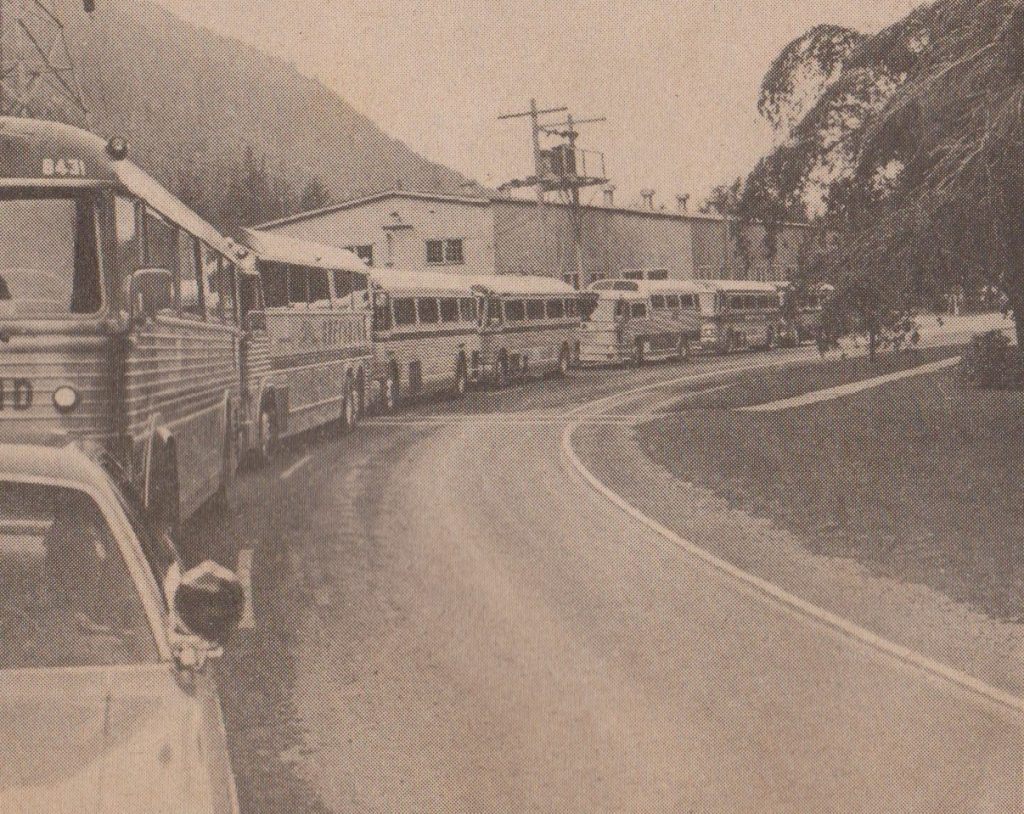
Building and Opening the North Cascade Highway
Construction began in 1959 near Diablo Dam, and faced no shortage of difficult conditions. Rock ledges required widening, sanding and grading to hold heavy equipment, and road was cut through solid rock that wore 3.5-inch drill bits out in a mere 50 feet, according to a 2015 HistoryLink article.
Rockslides were always possible, with avalanche dangers forcing construction to halt at higher elevations in winter. Mosquitoes, hornets and even rattlesnakes were also among common headaches for workers.
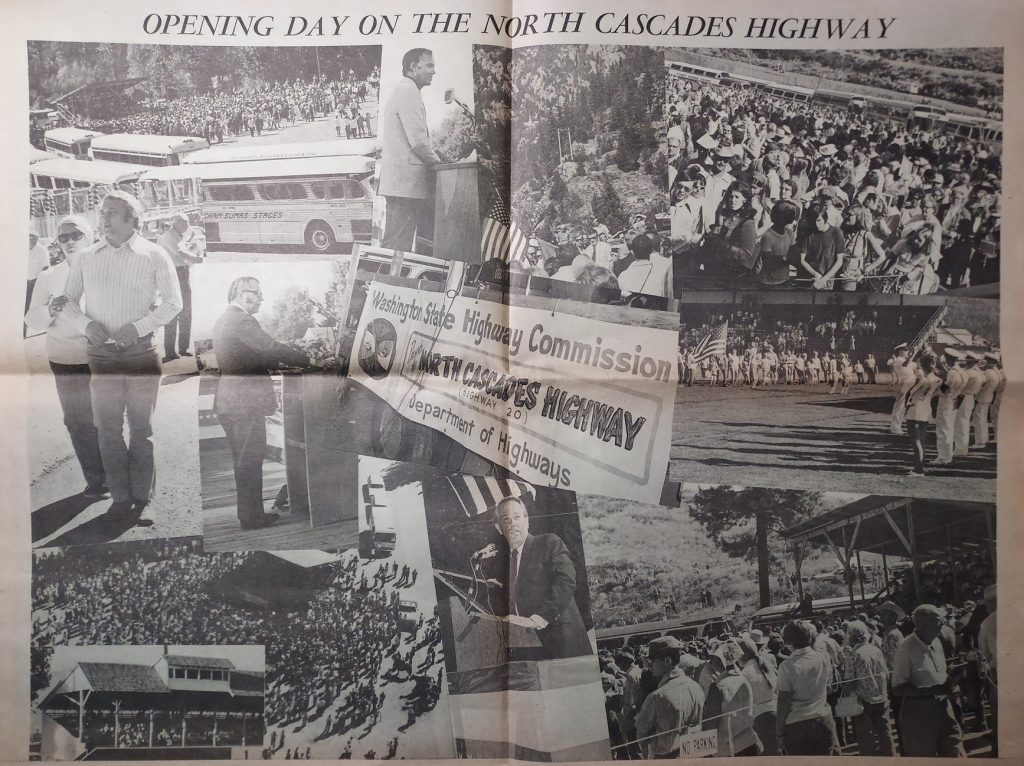
When construction crews reached Washington Pass, helicopters were used to shuttle them back and forth to expedite construction, Torvik wrote in 2012. One eventually crashed, forcing Munson and another WSDOT engineer to snowshoe away from the crash and survive a cold night under the minimal shelter of a tree.
But section by section, and year by year, the highway was built without a single worker fatality at an estimated cost of $33 million. Roughly $24 million of those funds were spent between 1959 and 1972.
During construction of the route, North Cascades National Park was formed in 1968, influencing the particularly splendid vistas the highway is now known for.
On September 2, 1972, a sunny late summer day, opening ceremonies were attended by hundreds of people on both sides of the mountains. Busloads of people left Sedro-Woolley at 6 a.m. in order to reach Winthrop by 10:30 a.m. for a gubernatorial speech and ribbon-cutting. A caravan of cars and buses then shuttled dignitaries westward, up to Washington Pass, then to Newhalem, and finally to Sedro-Woolley by 5 p.m. There, a final ceremony attended by President Richard Nixon’s brother Ed Nixon – longtime Washington resident – took place.
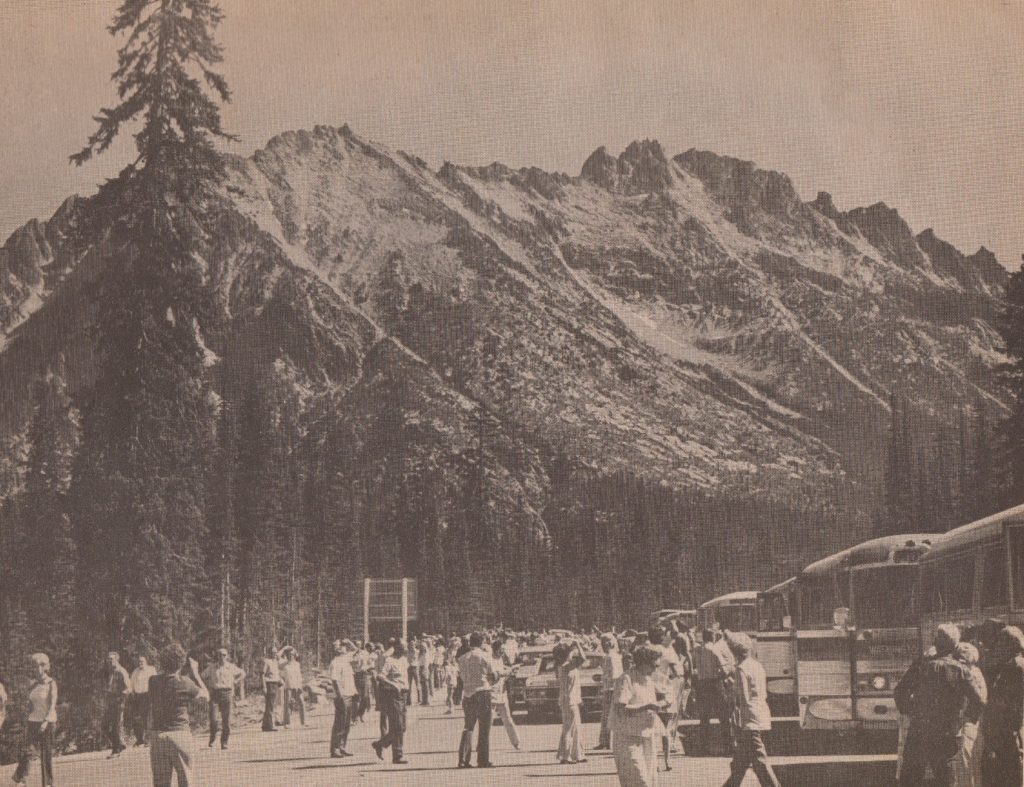
Ted Bundy and the North Cascade Highway
One of the most bizarre stories related to the highway’s opening involves serial killer Ted Bundy. As the story goes, Bundy was supposedly Governor Evans’ driver that day in September, technically making him the first person to officially cross the North Cascades Highway. But as Evans recounted to Methow Grist’s Torvik, his driver that day was actually Bill Lathrop, his long-time bodyguard and driver.
Bundy, however, was still involved in the events surrounding the highway’s opening. Hired by Evans’ re-election campaign to pass out literature and buttons, the future killer was in Winthrop the night before the highway opened. Neil McReynolds, then Evans’ press secretary, recalled introducing Bundy that evening to Richard W. Larsen, a Seattle Times reporter who’d eventually pen a biography on him.
North Cascade Highway Openings and Closings
Winter avalanche dangers bring an annual opening and closing of the North Cascades Highway. And for decades, the highway’s opening was marked by an elderly woman with sweet treats
Beginning in 1977, Tootsie Clark would wake at 4 a.m., make coffee and homemade cinnamon rolls, and pass them out to highway workers and first-crossers of the re-opened route. For about 40 years, Clark maintained the ritual, until her death in 2017 at age 95.
The earliest Clark carried out the ritual was March 10, in 2005, while the latest the highway ever re-opened was June 14, in 1974. The highway generally closes for the season each fall in November, but dates very widely. During a 1976 drought, the highway never closed. In 1989, it didn’t close until January 3 of 1990. In 2003, a massive rockslide closed the highway October 17 and provided highway crews with several years of rock-clearing work.
Today, the North Cascades Highway remains a majestic gateway to America’s Alps, attracting people from across the world. A drive along its meandering miles is always time well-spent.
































